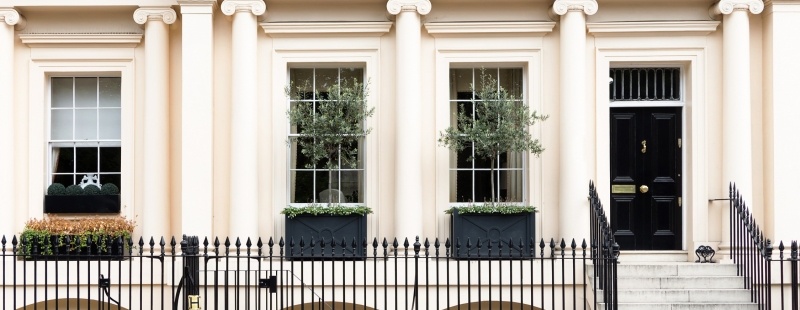What is a 'Conservation Area'?
Conservation areas came into effect in the 1960s, and are defined as an area of special, architectural, or historic interest. Conservation areas were introduced to protect specific areas of land from any adverse development and to preserve the historic character and nature of the area. Conservation areas will often be found in old towns and villages, country estates and historic landmarks. 2.2% of the land in England is made up of conservations areas (historicengland.org.uk).
Whilst conservation areas are usually made up of special, architectural, or historic buildings, however they are also defined by some of the following features:
- Gardens, parks and greenery;
- Trees and street furniture;
- The lay out of roads, paths and boundaries.
How do you find out about them?
If you are considering carrying out works on or changing the appearance of your home or a commercial premises, it is important to find out whether the property lies within a conservation area.
If you carried out searches when you purchased your property you would have been notified if it was within a conservation area, but if you are unsure, you can contact your local authority for more information. Local authority websites may also have this information readily available for the public's information on their websites, to which you can typically perform a map search which highlights all areas within the borough that lie within a conservation area.
What is the effect of a conservation area?
The local authority has legal powers to control /prohibit any changes with a conservation area . The following development changes can be controlled by the local authority in a conservation area:
- Demolition of buildings;
- Fell or uproot of trees;
- Siting of satellite dishes;
- New development plans;
- Alteration of a property.
Does it impact planning permission?
Local authorities have a legal duty to preserve and enhance areas of special, architectural or historic interest/character. Therefore, any applications for planning permission made in a conservation area mean that these applications will be considered on a much more careful basis and will typically go through a more rigorous process than normal planning applications.
Conservation areas mean greater planning controls and considerations to protect the historic elements of an area. These controls mean that your permitted development rights will differ in a conservation area compared to in non-conservation areas. An application that you would not need to make if you were outside a conservation area, would have to be made if you were inside a conservation area. For example, for any extensions to retail premises and industrial and warehouse buildings, planning permission is required.
Applications in conservation areas are considered against conservation policies and in some situations can be refused on conservation grounds alone. If you are considering making an application to carry out work to a business within a conservation area, it is advisable that you obtain pre-application advice as promptly as possible in the process.
Our legal team provide a full range of legal services for businesses, families and individuals. The personal legal services we offer include conveyancing, family law including separation and divorce, personal injury, clinical negligence, employment law, wills, trusts, lasting powers of attorney and probate. Legal services for businesses include debt recovery, litigation and disputes, landlord and tenant services, employment law and commercial property.
If you would like to seek advice on Conservation Areas from our Commercial Property team, or have another legal query, please contact our dedicated Client Relations Team on 01603 693500 or email us using the 'Make an Enquiry' online form on our website.
